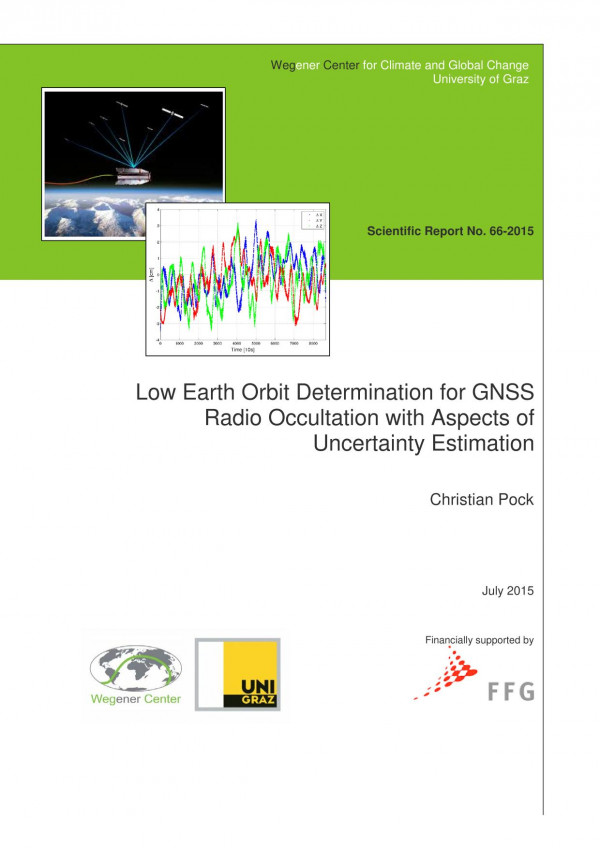

Most ebook files are in PDF format, so you can easily read them using various software such as Foxit Reader or directly on the Google Chrome browser.
Some ebook files are released by publishers in other formats such as .awz, .mobi, .epub, .fb2, etc. You may need to install specific software to read these formats on mobile/PC, such as Calibre.
Please read the tutorial at this link: https://ebookbell.com/faq
We offer FREE conversion to the popular formats you request; however, this may take some time. Therefore, right after payment, please email us, and we will try to provide the service as quickly as possible.
For some exceptional file formats or broken links (if any), please refrain from opening any disputes. Instead, email us first, and we will try to assist within a maximum of 6 hours.
EbookBell Team

4.1
60 reviewsThis investigation focuses:
In the first part, on a precise orbit determination of Low Earth Orbiting (LEO) satellites. These LEO satellites, namely CHAMP, GRACE-A, FORMOSAT-3/COSMIC and MetOp-A, are very important for various scientific disciplines. In geodesy, for example, these missions are required for highly accurate measurements of the global Earth’s gravity field.
In the context of this work, these satellite missions are finally used for the GNSSradio occultation method, which is closely connected to climate research. This method is based on propagating radio signals through the atmosphere. These signals are emitted from GNSS satellites and received by LEOs. Due to the varying atmospheric density, this affects the radio signal and a phase path extension as a function of time occurs. Based on these measurements, other climate relevant parameters such as refractivity and temperature can be determined. To compute the atmospheric excess phase, highly accurate LEO positions and velocities are needed. Therefore, the required processing strategy has to ensure excellent orbit quality independent of the specified LEO mission. This goal has been achieved. An independent validation with data from the established analysis centers CODE, JPL, UCAR and EUMETSAT shows highly consistent results.
The second part of the work deals with the issue of position and velocity uncertainty. This includes both the LEO and the GNSS satellites. It is very difficult to quantify these uncertainties because usually the real orbit is unknown. Nevertheless, some ideas are collected to capture the uncertainty. This includes for example how uncertainties of the orbit positions are affecting the satellite velocity.